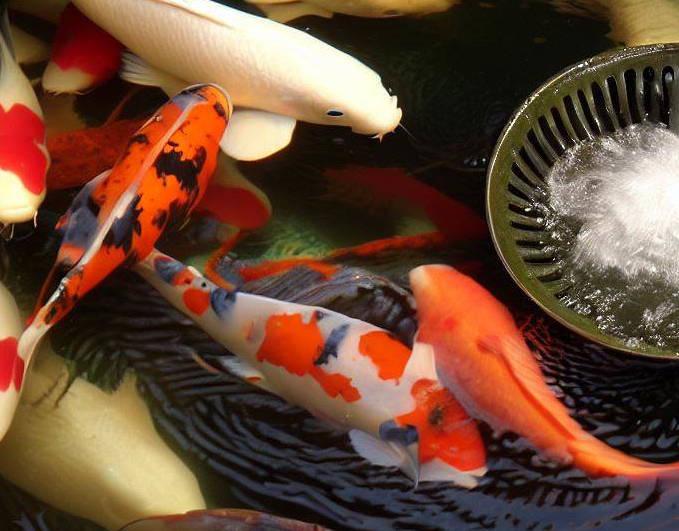A tranquil pond adorned with graceful koi fish is a sight to behold, captivating the hearts of water gardening enthusiasts and koi keepers alike. However, behind the scenes, maintaining the crystal-clear water that showcases the vibrant colors and graceful movements of these magnificent fish requires diligent care and attention. In this article, we delve into the realm of koi care by exploring the importance of pristine pond conditions and the essential factors that contribute to achieving and maintaining crystal-clear water.
Efficient Filtration Systems:
A reliable filtration system is the backbone of any koi pond. It serves as the primary line of defense against pollutants, organic debris, and harmful bacteria that can compromise water clarity and impact the health of the fish. Mechanical filters, such as settlement chambers and mechanical brushes, remove solid particles, while biological filters house beneficial bacteria that break down harmful substances. Combining these filtration methods ensures efficient water purification and promotes the growth of beneficial microorganisms.
Proper Circulation and Aeration:
Adequate water circulation and oxygenation are vital for maintaining a healthy pond environment. Stagnant water not only promotes the growth of algae and harmful bacteria but also deprives koi fish of the necessary oxygen they require to thrive. Installing a well-designed pond pump and strategically placed aeration devices, such as air stones or fountains, helps to create water movement, preventing stagnation and ensuring a constant supply of oxygen. This promotes the overall health of the pond ecosystem, keeping the water fresh and clear.
Nutrient Management and Algae Control:
Excessive nutrients, particularly nitrogen and phosphorus, can contribute to the growth of unsightly algae, which can quickly turn a pristine pond into a murky mess. Implementing proper nutrient management strategies is crucial in curbing algae growth. Regular water testing and maintaining balanced nutrient levels through careful feeding practices and responsible waste management can help prevent nutrient spikes. Additionally, the introduction of beneficial aquatic plants and the use of algae-control products can further assist in maintaining clear water conditions.
Regular Maintenance and Water Quality Monitoring:
Consistent maintenance routines are essential for keeping a koi pond in top condition. Regular removal of debris, such as fallen leaves or excess fish waste, prevents them from decomposing and polluting the water. Routine water quality monitoring, including pH, ammonia, and nitrate levels, helps identify potential imbalances and allows for timely corrective actions. Performing regular water changes, ideally with dechlorinated water, can help maintain water quality parameters within acceptable ranges.
A pristine pond is not only a visual delight but also a testament to the care and dedication of koi keepers. By implementing effective filtration systems, ensuring proper circulation and aeration, managing nutrient levels, and adhering to regular maintenance routines, koi enthusiasts can create and maintain a haven of crystal-clear water for their beloved fish. A harmonious balance between the natural ecosystem and diligent care is the key to providing koi with an optimal environment that showcases their vibrant colors and allows them to thrive. So, embark on the journey of creating a pristine pond, and let the clarity of the water mirror the beauty and serenity of your cherished koi.
